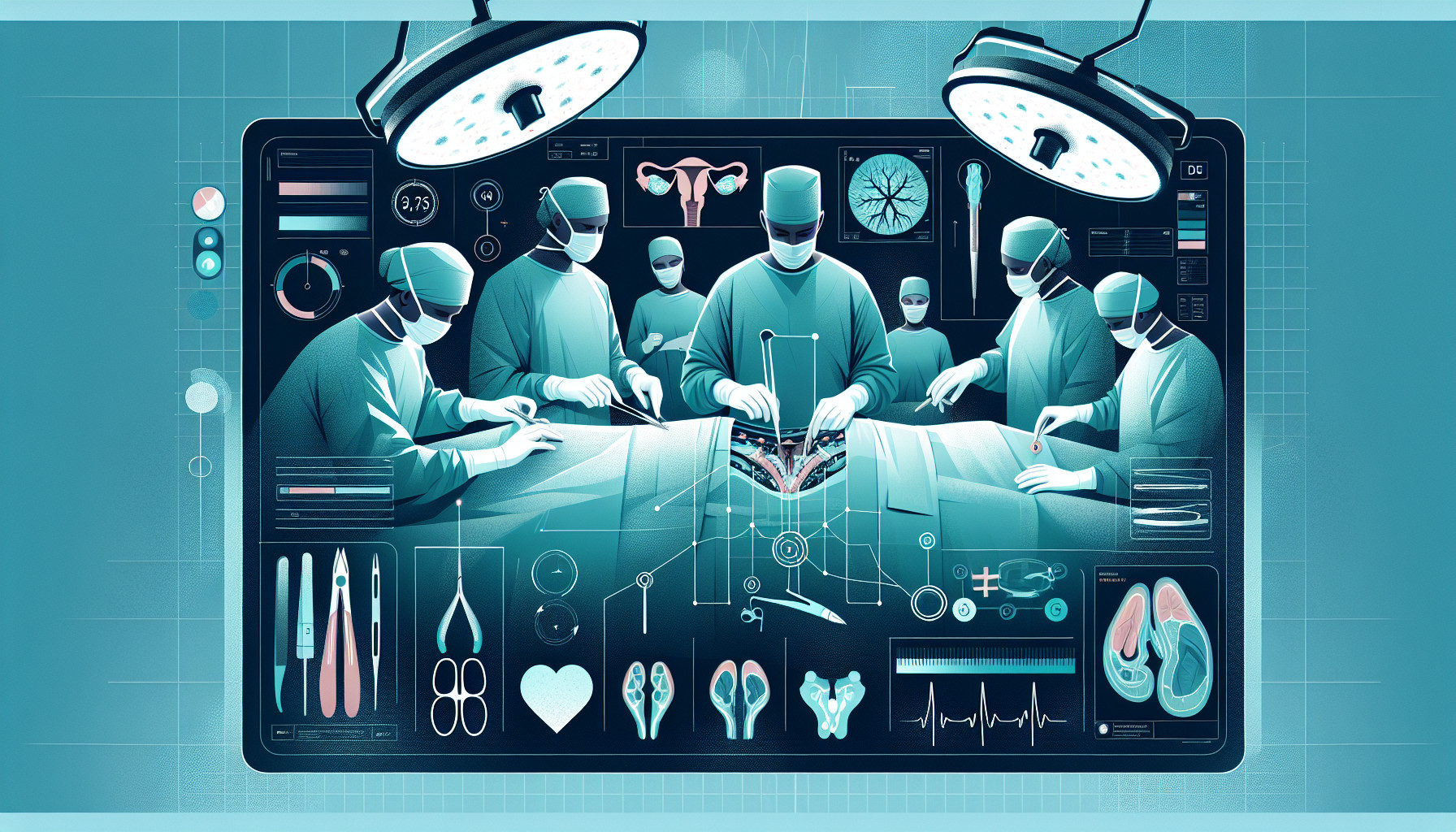Our Summary
This research paper looks at the complications that can occur when a testicular prosthesis is implanted in children. The researchers looked at the medical records of children who had received this treatment between 2008 and 2014. They divided the children into two groups: one group had the prosthesis implanted shortly after the removal of the testis (less than a year), and the other group had the prosthesis implanted more than a year after the testis was removed. The researchers found that complications were more likely to occur if the prosthesis was implanted more than a year after the testis was removed. These complications included the prosthesis moving out of place or becoming infected. The findings suggest that it might be better to implant the prosthesis soon after the testis has been removed to reduce the chance of complications. The reasons for the removal of the testis, the previous surgeries on the scrotum, and the size of the prosthesis were not found to increase the risk of complications.
FAQs
- What complications can occur when a testicular prosthesis is implanted in children?
- Does the timing of the prosthesis implantation after the removal of the testis affect the likelihood of complications?
- Do the reasons for the removal of the testis, previous surgeries on the scrotum, or the size of the prosthesis increase the risk of complications?
Doctor’s Tip
A helpful tip a doctor might tell a patient about testicular surgery is to closely follow post-operative care instructions, including proper wound care, avoiding strenuous activities, and attending follow-up appointments. It is also important to report any unusual symptoms or discomfort to your healthcare provider promptly to prevent potential complications.
Suitable For
Patients who may be recommended for testicular surgery include those with:
Testicular cancer: Surgery may be necessary to remove the affected testicle in cases of testicular cancer.
Testicular torsion: This is a medical emergency where the spermatic cord becomes twisted, cutting off blood supply to the testicle. Surgery is required to untwist the cord and restore blood flow.
Hydrocele: A hydrocele is a buildup of fluid around the testicle, causing swelling and discomfort. Surgery may be recommended to drain the fluid and repair any underlying issues.
Varicocele: This is a condition where the veins in the scrotum become enlarged, leading to pain and infertility. Surgery may be necessary to ligate the affected veins and improve symptoms.
Undescended testicle: In cases where one or both testicles have not descended into the scrotum, surgery may be recommended to reposition the testicle(s) and prevent complications.
Testicular trauma: Severe injury to the testicles may require surgical intervention to repair any damage and preserve function.
Testicular prosthesis: In cases where a testicle has been removed due to cancer or trauma, a testicular prosthesis may be implanted for cosmetic reasons. Surgery is required to insert the prosthesis.
It is important for patients to discuss their individual circumstances with a healthcare provider to determine the most appropriate course of treatment.
Timeline
Before testicular surgery:
- Patient consults with a urologist to discuss the need for testicular surgery.
- Patient undergoes pre-operative tests and evaluations to assess their overall health and suitability for surgery.
- Patient discusses potential risks and benefits of the procedure with their healthcare provider.
- Surgery is scheduled and patient receives pre-operative instructions on how to prepare for the procedure.
After testicular surgery:
- Patient undergoes the surgical procedure to remove the affected testis.
- Patient may experience pain, swelling, and discomfort in the scrotum following surgery.
- Patient is monitored in the recovery room before being discharged home.
- Patient is advised on post-operative care instructions, including wound care, pain management, and activity restrictions.
- Patient follows up with their healthcare provider for post-operative appointments to monitor healing and address any concerns.
- If a testicular prosthesis is deemed necessary, patient may undergo a separate procedure to have the prosthesis implanted.
- Patient may experience complications such as infection, prosthesis movement, or other issues related to the implant.
- Patient continues to follow up with their healthcare provider for long-term monitoring and management of any complications or concerns.
What to Ask Your Doctor
- What are the potential risks and complications of testicular surgery?
- How soon after the removal of the testis should the prosthesis be implanted to reduce the risk of complications?
- How will the prosthesis be secured in place to prevent movement?
- What measures will be taken to prevent infection of the prosthesis?
- What is the expected recovery time and post-operative care for testicular surgery?
- Are there any long-term effects or considerations to keep in mind after receiving a testicular prosthesis?
- How often will follow-up appointments be necessary to monitor the prosthesis and overall health?
- Are there any specific activities or lifestyle changes that should be avoided after testicular surgery?
- What are the success rates of testicular surgery and how common are complications?
- Are there any alternative treatment options to consider before undergoing testicular surgery?
Reference
Authors: Peycelon M, Rossignol G, Muller CO, Carricaburu E, Philippe-Chomette P, Paye-Jaouen A, El Ghoneimi A. Journal: J Pediatr Urol. 2016 Aug;12(4):237.e1-6. doi: 10.1016/j.jpurol.2016.04.022. Epub 2016 May 20. PMID: 27264050
